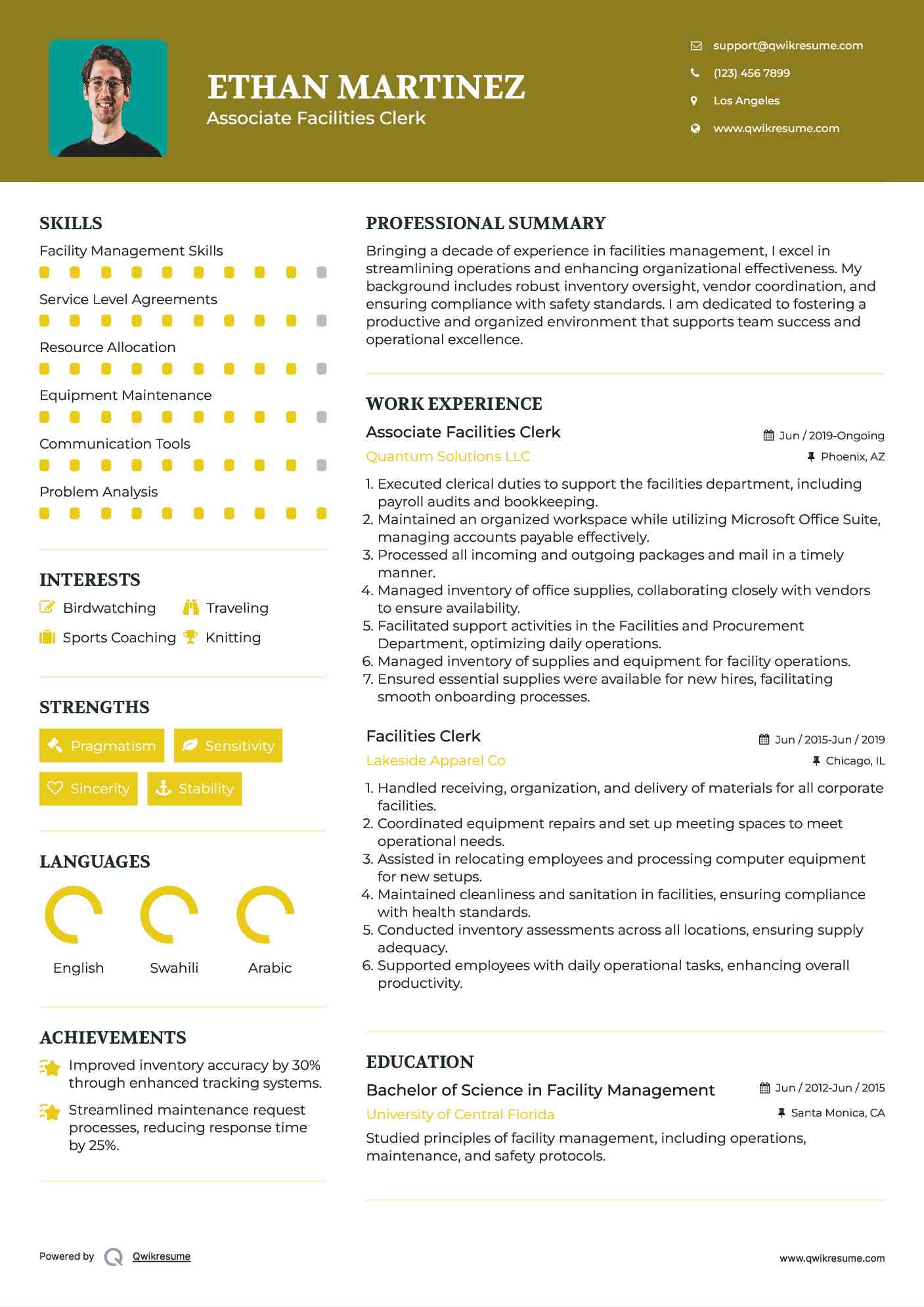
A Tool for Harmonizing Your Energy and Actions
The path to a simpler and more connected existence demands considerable genuine self-reflection. One of my primary questions has been how to prioritize and direct my time and energy effectively. Recently, in an attempt to organize this journey, a “Commitment Inventory” worksheet was created. My goal in sharing this with you is to assist you in discovering how to optimally manage your time and energy, focusing more on being rather than doing.
Brahmacharya or “Energy Management”
The principle of living simply has roots stretching back thousands of years. It can be found in spiritual writings, folklore, and philosophical texts throughout human history. The perspective we are adopting here is centered around yogic philosophy and personal insights.
In the Yoga Sutras, the initial stage of the eightfold path to yoga is characterized by the five “Yamas” or “guidelines and restraints.” The fourth Yama is “Brahmacharya”:
The term brahmacharya is derived from two Sanskrit roots:
1. Brahma, the designation for god in the Vedas, the principal Hindu scriptures.
2. charya (चर्य), meaning “occupation with, engaging in, proceeding, behavior, conduct, to follow, moving in, pursuing.” This is often interpreted as activity, behavior, or mode of conduct.
Historically, this practice has largely been viewed as celibacy. Similar to many spiritual disciplines worldwide, celibacy was expected of leaders in this community to maintain their focus on a higher calling: devotion to, and service of, a supreme power.
For our discussion, we are exploring a broader and more inclusive interpretation of this term, roughly equated to “energy management” or “appropriate use of energy.”
Why is it vital to manage our energy?
Within the framework of Brahmacharya, the management of our vitality is about aligning ourselves with the divine. Whatever you consider to be greater than yourself—God, Spirit, Allah, Nature, the Universe, family, the Flying Spaghetti Monster—when we are in harmony with it, our actions carry purpose. At the core of living simply, or as a minimalist, it involves creating space for what matters most to you and embodying that; incorporating it into your daily life.
“If it’s not enjoyable, then what’s the purpose?”
Alternatively, as Marie Kondo puts it, “Does it spark joy?” These straightforward inquiries highlight how easily we can find ourselves engaged in activities out of obligation that no longer benefit us or our highest aspirations.
When we find ourselves in scenarios that do not “spark joy,” it may present as feelings of depression (low energy), anxiety (excess energy), perhaps a sense of lack of focus, or feeling torn in multiple directions. There may be tasks you do for your higher good that do not inherently “spark joy” (such as working on spreadsheets or cleaning up after pets), and that’s perfectly fine. The crucial aspect is to recognize what uplifts and drains you, allowing you to discover the inner alignment that feels fulfilling.
What are some methods to manage our energy?
There are numerous approaches to address this question; the method we are examining today is self-reflection and alignment. The worksheet provided below is a tool to honestly assess our lives as a whole, identifying where our energy is directed or not directed. The next step involves evaluating how we can balance our actions to create an aligned flow of energy in our lives that feels good in our bodies.
Commitment Inventory
For each question, jot down or sketch what comes to mind, spending no more than 3-5 minutes per response, then proceed to the next.
– How do I utilize my time? What occupies my days?
– What conversations and topics naturally attract me?
– What activities revitalize me?
– What activities deplete my energy?
– What personas/characters do I recognize within myself?
– What communities do I belong to?
– How do I contribute to those communities?
– What tasks do I find easy to accomplish?
– What tasks seem perpetually unfinished?
– What activities do I feel I never have time for?
– What are my top 3 intentions at this moment?
– What is one skill I wish to master in the upcoming year?
– What activities am I currently engaged in that do not support my top 3 intentions?
– What could I eliminate from my life to create more room for pursuing those goals?
– What daily, weekly, and monthly actions can I implement to work towards my goals?
– What new commitments can I make?
This exercise extends an invitation to investigate brahmacharya in your life. I would love to hear how you